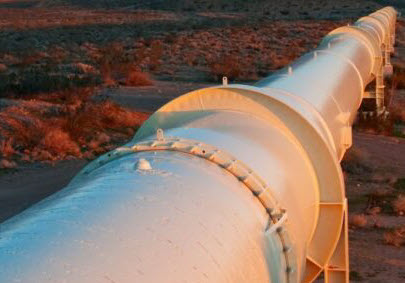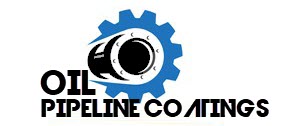In today’s modern society, energy plays a crucial role in our daily lives. We rely on a constant supply of oil to power our vehicles, heat our homes, and fuel our industries. And at the heart of this energy supply chain are the vast networks of oil pipelines that crisscross the globe. These pipelines serve as the lifelines of the energy industry, transporting oil from production sites to refineries and distribution centers. However, for these pipelines to function effectively and safely, they require a crucial element – protective coatings.
Oil pipeline coatings are an essential component of the energy infrastructure, ensuring the durability, longevity, and safety of these vital conduits. These coatings serve a multitude of purposes, including corrosion prevention, insulation, and enhanced flow efficiency. Let’s delve deeper into the significance of oil pipeline coatings and their various types.
Corrosion prevention is the primary function of pipeline coatings. As pipelines are exposed to harsh environmental conditions, including moisture, soil, and chemicals, they are susceptible to corrosion. Corrosion not only weakens the structural integrity of pipelines but can also lead to leakage, spills, and environmental hazards. To combat this, pipeline coatings act as a barrier, protecting the steel surface from corrosion agents. These coatings consist of materials like epoxy, polyethylene, and polyurethane, which create a physical barrier that keeps corrosive elements away from the pipeline material.
In addition to corrosion prevention, coatings also act as insulation for pipelines. Oil pipelines often carry oil at high temperatures, and without proper insulation, significant energy loss can occur. Coatings made from thermally insulating materials like polyurethane foam can minimize heat dissipation, ensuring that the oil remains at optimal temperatures during transportation. This not only improves energy efficiency but also reduces the risk of oil freezing in colder regions, which can cause blockages and hinder the flow of oil.
Furthermore, oil pipeline coatings can enhance the overall efficiency of the pipeline system. The smooth surface created by coatings reduces friction, enabling oil to flow more efficiently through the pipeline. This not only increases the volume of oil that can be transported but also reduces the energy required for pumping, resulting in cost savings and a more sustainable operation.
There are different types of oil pipeline coatings available, each with its unique characteristics and advantages. Fusion-bonded epoxy (FBE) coatings are commonly used due to their excellent adhesion properties, chemical resistance, and high-temperature resistance. They are applied as a powder and then melted onto the pipeline surface.
Another commonly used coating is three-layer polyethylene (3LPE). This coating combines the benefits of a fusion-bonded epoxy layer, an adhesive layer, and a high-density polyethylene outer layer. The 3LPE coating provides excellent corrosion resistance, impact resistance, and UV protection.
Polyurethane coatings are also utilized for their exceptional mechanical properties and resistance to abrasion. These coatings are often applied as a topcoat to provide additional protection to the underlying layers.
It is worth noting that the application of pipeline coatings is a meticulous process that requires skilled professionals and adherence to strict quality control measures. Surface preparation, including cleaning and removing any rust or debris, is crucial to ensure proper coating adhesion. Additionally, regular inspection and maintenance are necessary to identify any coating damage or degradation and initiate timely repairs.
In conclusion, oil pipeline coatings play a vital role in safeguarding our energy infrastructure. These coatings protect pipelines from corrosion, insulate against heat loss, and enhance the overall efficiency of oil transportation. By investing in high-quality pipeline coatings, we can ensure a reliable, safe, and sustainable energy supply, supporting our modern way of life.

